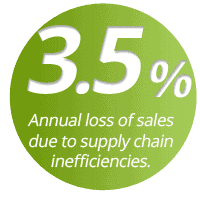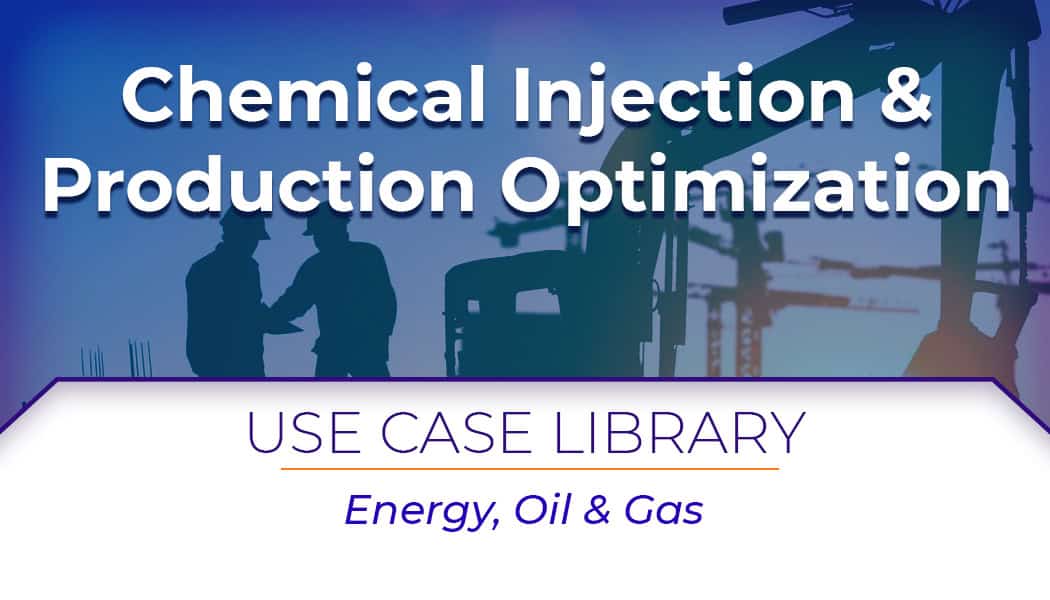Why the Food Service Industry Needs Big Data
The pandemic has tremendously expedited the need for better data analytics in the food industry. Almost every corporate enterprise is exploring opportunities to implement Big Data. But how does big data add value to an organization?
Tech giants like Google, Facebook and Amazon have the ability to invest in expensive processing power and leverage value from the huge amounts of data that they possess, but does it make business sense for smaller companies to invest in capabilities needed for Big Data analytics?
For every Google, Amazon and Facebook there are a lot of smaller companies in other sectors who are struggling to get their implementations off the ground because they don’t know how best to apply Big Data techniques.
In most food service companies the emphasis has historically been on reporting rather than on advanced analytics. The data are stored in database tables in a structured way, which limits the type of querying and analysis that can be performed on the data. This means that the data collected by the organization is not being used to its full potential.
The basic idea of Big Data is to breakdown these schemas and to integrate unstructured data from newer sources such as social media, with more traditional and structured data sources. This enables the data to be analyzed in new ways at improved data-processing speeds and in near-real time to gather a complete picture of the environment. As a result, there is a significant increase in the scope of ways to derive insights and value from the organization’s data.
Below are several benefits that the food service industry can realize by adopting Big Data methodology.
Understanding Customer Needs and Preferences
Much of today’s data is in unstructured forms like tweets, blogs, images and videos. Traditionally the business was unable to derive insights from these types of data. But using Big Data technologies, we can integrate unstructured data with structured data and derive keen insights into customer behavior and buying patterns.
We can now combine tweets, Facebook posts, blogs and other social media activities with sales and transactions data for brand, sentiment, affinity, and tendency analyses.
Some examples:
Marketing and Advertising
Big Data analytics enables marketing departments to target their customer better by predicting consumer behavior and thereby increasing the effectiveness of their marketing spend.
Some examples:
Operations, Supply Chain and Security
The Consumer Product and Retail industry lose about 3.5% of their sales annually due to inefficiencies in the supply chain.
By integrating enterprise data with relevant information from other sources (e.g., SharePoint, log files, shared drives, barcodes, etc.) and then analyzing this integrated data set, Big Data enables businesses to understand their internal functioning in ways not previously possible.
This helps in reducing wastage and supply chain costs as well as in determining ways to improve efficiency in the organization.
Some examples:
The benefits Big Data can provide are enormous. In a highly competitive industry like food service, companies armed with Big Data capabilities will have the edge in the market.
Keep Reading: Intro to Advanced Analytics
Looking for more on data & analytics?
Explore more insights and expertise at smartbridge.com/data
There’s more to explore at Smartbridge.com!
Sign up to be notified when we publish articles, news, videos and more!
Other ways to
follow us:






